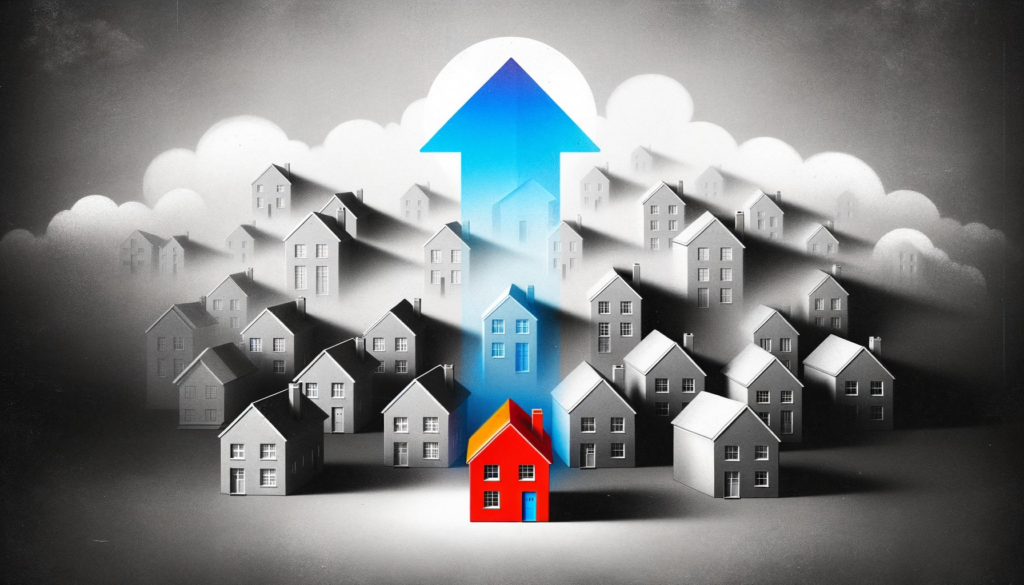What’s going on here?
A survey by property market website Rightmove found that asking prices for UK houses stayed flat in June. The average asking price for properties listed between May 12 and June 8, 2024, was £375,110 ($475,827), just £21 lower than the previous month.
What does this mean?
UK house prices typically rise in June, a trend that bucked this year – and last – according to Rightmove. This flatline comes amid signs of slowing market momentum, linked to reduced odds of an imminent interest rate cut by the Bank of England (BoE). Strong inflation data in both the UK and the US has led investors to delay BoE rate cut expectations to late 2024. Tim Bannister from Rightmove pointed out that potential sellers seem hesitant, as indicated by fewer new listings, especially in the higher-end market.
Why should I care?
For markets: Property market behaves cautiously.
Investors and market watchers should note the cautious behavior permeating the UK’s housing market. The stagnation in asking prices combined with fewer new listings at the top end reflects broader uncertainty, fueled by strong inflation data. This hesitation aligns with the delayed timeline for BoE rate cuts, signaling that the market might stay subdued for longer.
The bigger picture: Inflation reshapes housing strategies.
With UK house prices up 20% since December 2019, affordability remains a key issue. Both the Conservative and Labour parties vow to increase house-building if elected, potentially easing some pressure. Yet, the stronger-than-anticipated inflation data in the UK and US reveal a broader economic impact, pushing BoE rate cut expectations further into the future—an important consideration for potential buyers and investors.

